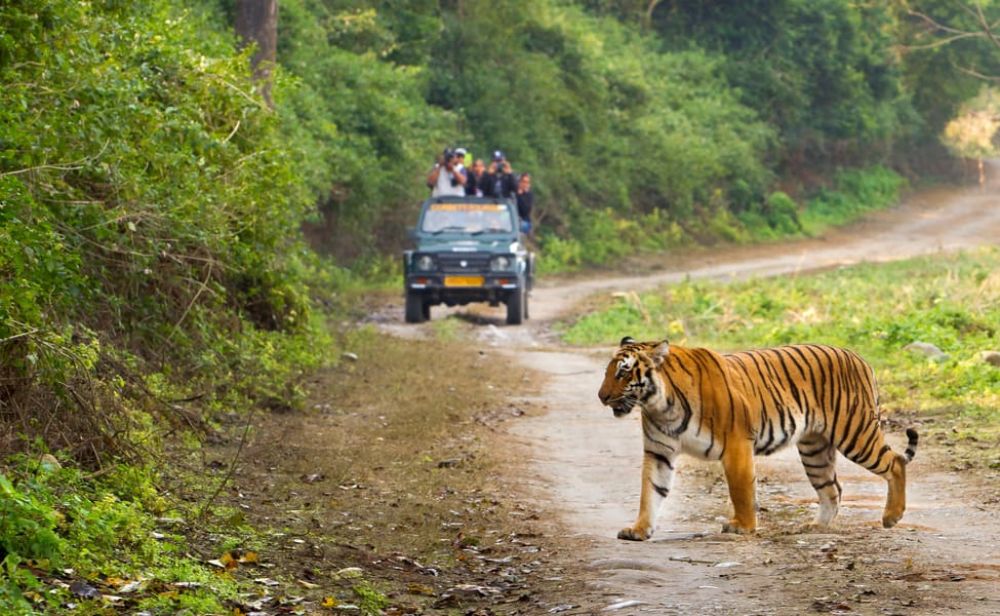

Nestled in the serene foothills of the Himalayas, Jim Corbett National Park is one of India's most renowned wildlife sanctuaries and has played a pivotal role in the country's tourism sector. It is named after the legendary British hunter and conservationist, Edward James Corbett, who played a key role in its establishment. This park is celebrated as a pioneer in the conservation of the endangered Bengal tiger.
The park's history dates back to the early 20th century, when it was originally established as Hailey National Park in 1936, making it India's first national park. The primary objective for creating the park was to protect the endangered Bengal tiger species, which faced the threat of extinction due to hunting and habitat loss.
Over the decades, Jim Corbett National Park has undergone several changes, including its renaming in 1956 to honor Jim Corbett’s contribution to wildlife conservation. It was also the first region to come under the ambit of "Project Tiger" in 1973, an Indian government initiative aimed at protecting tigers in the country.
Tourism at Jim Corbett has been carefully regulated to balance visitor interests and conservation efforts. The park's tourism infrastructure includes several eco-friendly resorts and lodges, and offers safari tours that allow visitors to witness the rich flora and fauna of the region, including tigers, elephants, leopards, and various bird species.
As the popularity of eco-tourism and adventure travel increased, Jim Corbett has also evolved, adding new activities like bird watching, angling, and trekking to its repertoire. Visitor facilities and services have continuously improved, enhancing the overall visitor experience while maintaining sustainability as a core value.
In recent years, Jim Corbett has embraced trends such as responsible travel and community-based tourism. Tourists are now more interested in nature and wildlife than ever before, with a focus on conservation and supporting local communities. Wildlife photography and guided nature walks have gained popularity, reflecting a deeper appreciation of the park's natural heritage.
Despite its success, tourism in Jim Corbett faces challenges, such as managing human-animal conflicts and ensuring the welfare of the park’s wildlife while accommodating the growing number of tourists. The government and local communities continue to work together to create sustainable tourism policies that protect the park's biodiversity.
The allure of the wilderness and the legacy of Jim Corbett has established the national park as a critical component of Uttarakhand's tourism tapestry. With a focus on sustainability and responsible travel, Jim Corbett National Park promises to be a beacon for wildlife enthusiasts for generations to come.